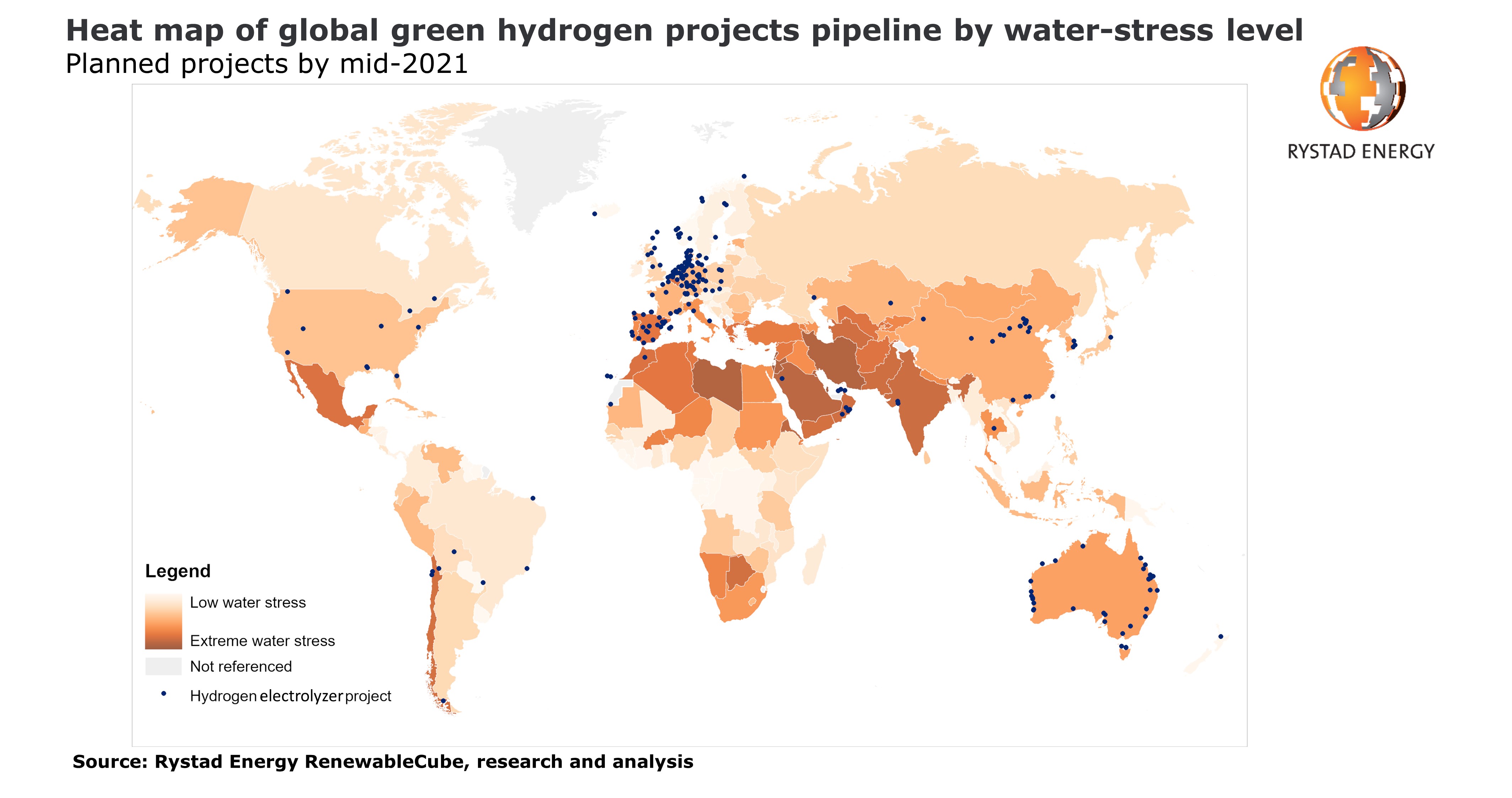
KUALA LUMPUR (Sept 20): The global pipeline for green hydrogen projects is growing fast, with a current target of 206 gigawatts (GW) in installed electrolyser capacity by 2040.
However, according to Norway-based independent energy research and business intelligence company Rystad Energy, locations of the planned projects are overwhelmingly in areas where water is in short supply.
In a statement on its website last week, the firm said this means that an additional desalination market needs to be created to produce most of the 620 million cubic metres of water that these projects will need.
Rystad said research and development (R&D) is under way to add and improve the built-in desalination capability of hydrogen projects, but many desalination installations will need to be external — and for the hydrogen to be “green”, they must be fed by additional clean, renewable power.
It said the current pipeline of projects aims to produce about 30 million tonnes of hydrogen per year by 2040, with an annual requirement of 620 million cubic metres of purified water.
It explained that more than 70% of the hydrogen electrolyser projects will be located in water-stressed areas, such as Spain and Chile, and as a result, nearly 85% of the hydrogen capacity lined up for 2040 may need to source water supply via desalination.
Rystad said that to ensure the hydrogen produced is green, additional renewable energy capacity will be required for the desalination process as currently only 1% of global desalination projects are powered by renewables.
It said most operating desalination plants use thermal energy or power from the local grid.
Rystad Energy renewable energy analyst Dr Minh Khoi Le added that using water to produce clean hydrogen will be a key factor of the energy transition, but most of the world’s planned green hydrogen projects are going to be located in water-stressed regions.
“This creates a need for growth in the desalination market and for more renewable energy to power it, adding more costs for developers — but also opportunities for suppliers,“ said Minh.
- MAG offers up to 30% off for Malaysian Airlines tickets at Matta Fair
- China open to talks if Trump shows respect, names point person
- Nvidia warns Trump curbs on China chips to cost US$5.5 bil
- Chinese President Xi accorded state welcome at Istana Negara
- Govt to apply diagnostics-related group payment system to basic insurance only, private healthcare model unaffected — HLIB Research
- WTO slashes outlook for global trade on Trump tariff disruptions
- Life Insurance Association of Malaysia to collaborate with BNM, MOH for affordable basic insurance plan
- Global chipmakers feel the pinch of Trump's shifting trade policy
- Abbott to expand US manufacturing as tariffs loom
- Affin Bank sticks to key targets for now as it keeps eye on trade risks

